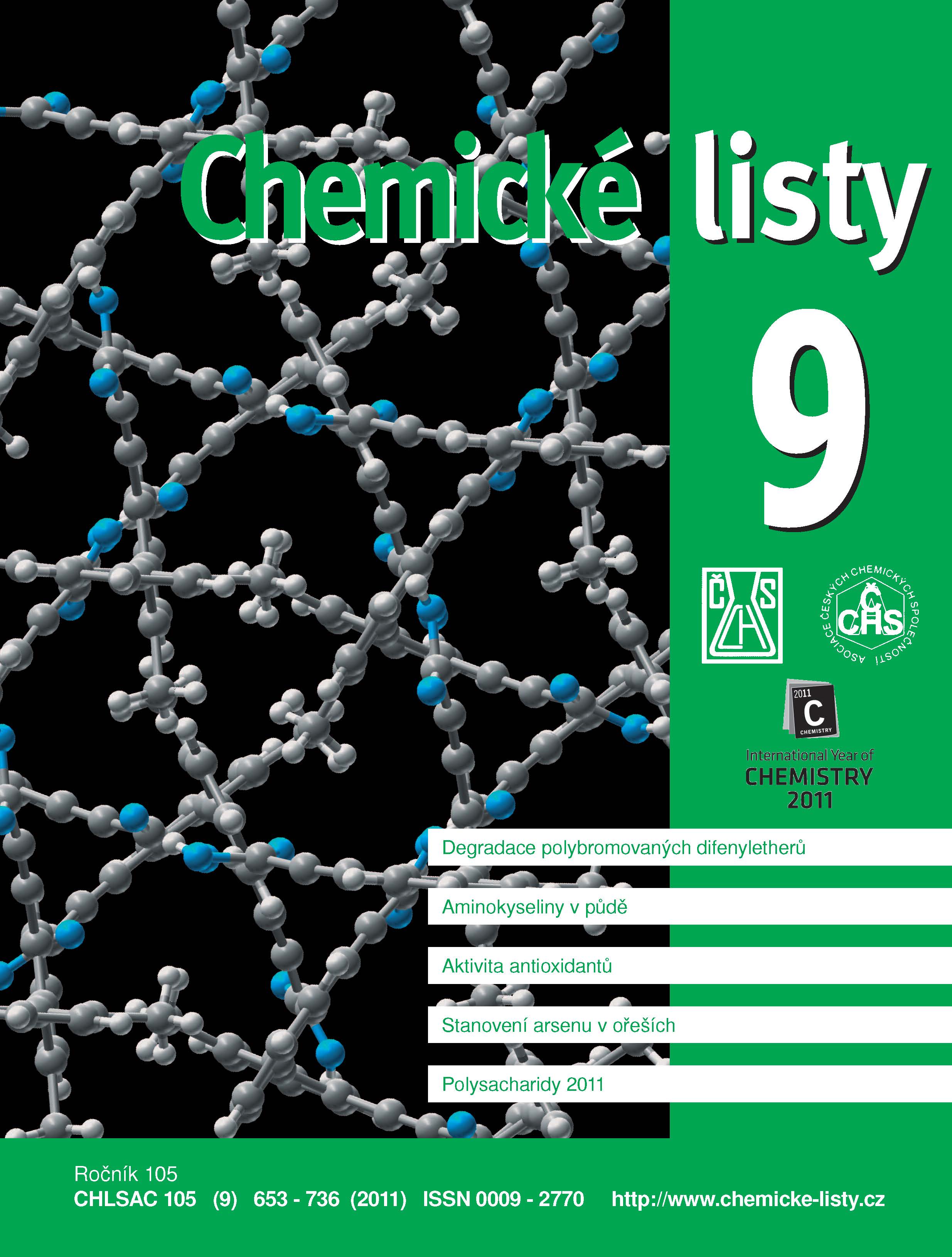Hořčík – kov pro medicínu i pro skladování vodíku
Klíčová slova:
hořčík, biodegradovatelný implantát, koroze, skladování vodíku, hydridAbstrakt
Magnesium alloys show a good strength to weight ratio making them of interest for engineering applications in automotive and aerospace industry. However, the chemical reactivity of magnesium alloys causes problems with their corrosion and appropriate protective coatings should be applied on Mg components. On the other hand, the chemical reactivity of magnesium is desirable for biodegradable implants and for hydrogen storage. Magnesium alloys are considered as very promising materials in both of these areas.
Advantages of Mg-based biodegradable implants, like fractured bone fixations, are good mechanical strength, corrodibility in the human environment, low toxicity and good compatibility with natural bone. Corrosion of magnesium in the human fluids produces hydrogen gas and alkalization of the surrounding environment. Neither of these products can be formed too fast, because it would slow down the healing process. Therefore, Mg-based alloys whose corrosion is slow in the human body are extensively investigated. Until now, both commercial engineering and qualitatively new alloys have been studied in the context of biodegradable implants. These alloys should not contain toxic, carcinogenic and allergic elements. Among the most promising biodegradable materials for bone fixations, Mg-Zn-Ca-(Y-RE) alloys were proposed recently.
Magnesium hydride contains 7.6 wt.% of hydrogen, therefore, magnesium is also promising material for hydrogen storage. The main problem is in a high thermodynamic stability, i.e., in a high decomposition temperature, of the binary MgH2 hydride. Various attempts have been done to destabilize this phase. These include nano-crystalline structure, additions of transitions elements and catalysts. Hydrides based on Mg can be synthesized by the classical elemental synthesis or by a novel electrochemical hydriding.





